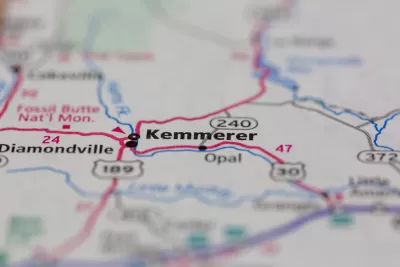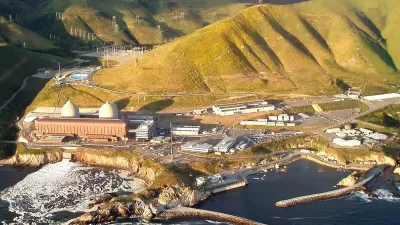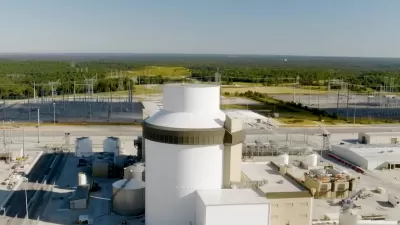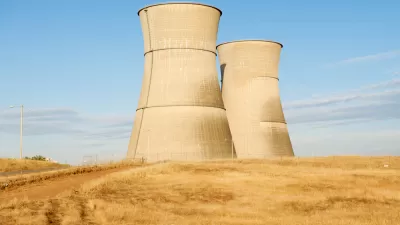Microsoft co-founder Bill Gates had shovel-in-hand for the groundbreaking of his company's small-scale nuclear power plant in Kemmerer, Wyoming, on June 10.

It was in 1978, 46 years ago, that the Shearon Harris Nuclear Power Plant in North Carolina began construction.
Unlike the Harris Nuclear Plant, which had a capacity of 860 megawatts when built, the pilot Natrium nuclear power plant in Kemmerer “is designed to generate a consistent 345 megawatts of power — enough energy to power about 250,000 homes — with a capability of ramping up to 500 megawatts for short periods, according to the Bellevue, Washington-based TerraPower,” reported Dustin Bleizeffer, who covers energy and climate for WyoFile, on June 10.
Rather than the industry’s existing standard of massive nuclear power plants that consume a lot of water, Natrium is much smaller and will use liquid sodium to cool the reactor.
Construction of the small modular reactor, posted here in November 2021, was delayed by the unprovoked invasion of Ukraine by Russia three months later, resulting in legislation last month affecting the fuel supply. Gates, appearing on CBS's Face the Nation on June 9, “noted that...suppliers in the United Kingdom and South Africa, along with an eventual supply from uranium mines in the U.S. and Canada will allow the project to go forward.”
A final note by Bleizeffer on the importance of the plant to Wyoming and a sign of the transition to cleaner fuels for the nation's largest coal-producing state.
The $4 billion construction project is also considered an economic lifeline for southwest Wyoming, particularly the adjacent towns of Kemmerer and Diamondville, a region impacted by fossil fuels’ decline.
Hat tip to Sammy Roth, climate columnist for the Los Angeles Times newsletter, Boiling Point.
FULL STORY: Microsoft’s Gates breaks ground on novel nuclear power plant in Wyoming

Planetizen Federal Action Tracker
A weekly monitor of how Trump’s orders and actions are impacting planners and planning in America.

Congressman Proposes Bill to Rename DC Metro “Trump Train”
The Make Autorail Great Again Act would withhold federal funding to the system until the Washington Metropolitan Area Transit Authority (WMATA), rebrands as the Washington Metropolitan Authority for Greater Access (WMAGA).

The Simple Legislative Tool Transforming Vacant Downtowns
In California, Michigan and Georgia, an easy win is bringing dollars — and delight — back to city centers.

The States Losing Rural Delivery Rooms at an Alarming Pace
In some states, as few as 9% of rural hospitals still deliver babies. As a result, rising pre-term births, no adequate pre-term care and "harrowing" close calls are a growing reality.

The Small South Asian Republic Going all in on EVs
Thanks to one simple policy change less than five years ago, 65% of new cars in this Himalayan country are now electric.

DC Backpedals on Bike Lane Protection, Swaps Barriers for Paint
Citing aesthetic concerns, the city is removing the concrete barriers and flexposts that once separated Arizona Avenue cyclists from motor vehicles.
Urban Design for Planners 1: Software Tools
This six-course series explores essential urban design concepts using open source software and equips planners with the tools they need to participate fully in the urban design process.
Planning for Universal Design
Learn the tools for implementing Universal Design in planning regulations.
Smith Gee Studio
City of Charlotte
City of Camden Redevelopment Agency
City of Astoria
Transportation Research & Education Center (TREC) at Portland State University
US High Speed Rail Association
City of Camden Redevelopment Agency
Municipality of Princeton (NJ)





























